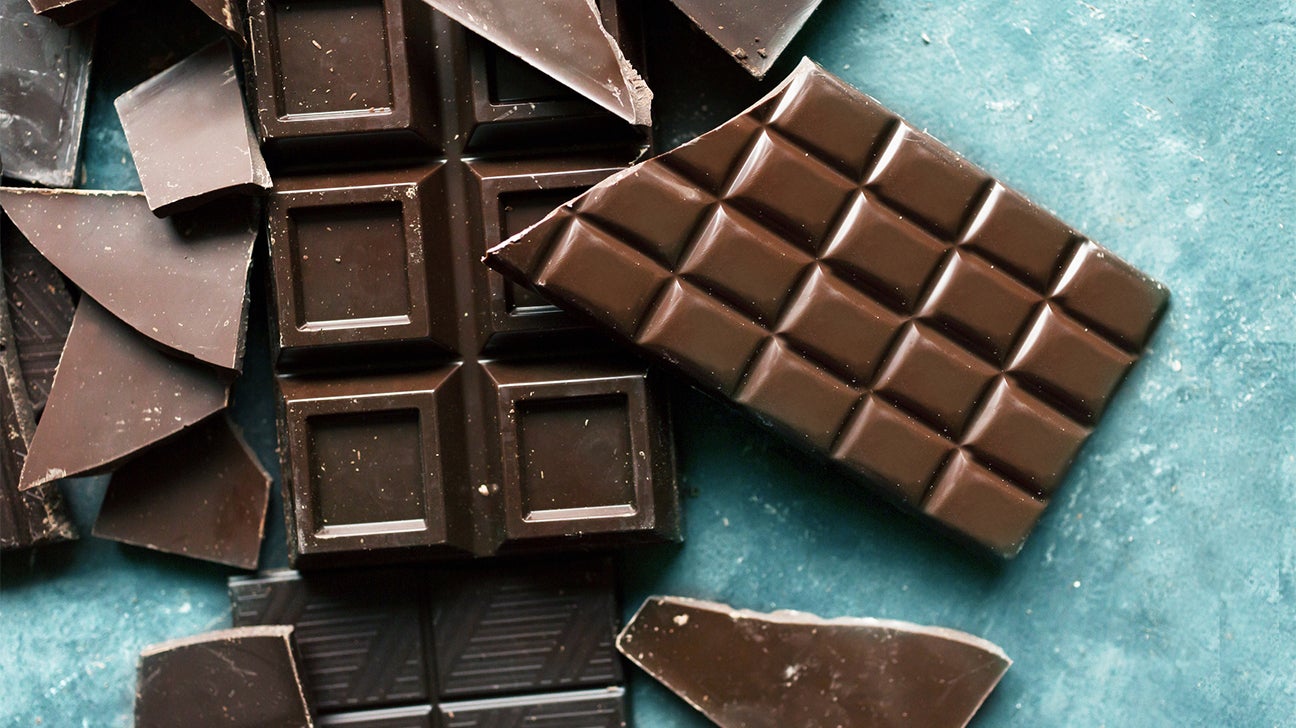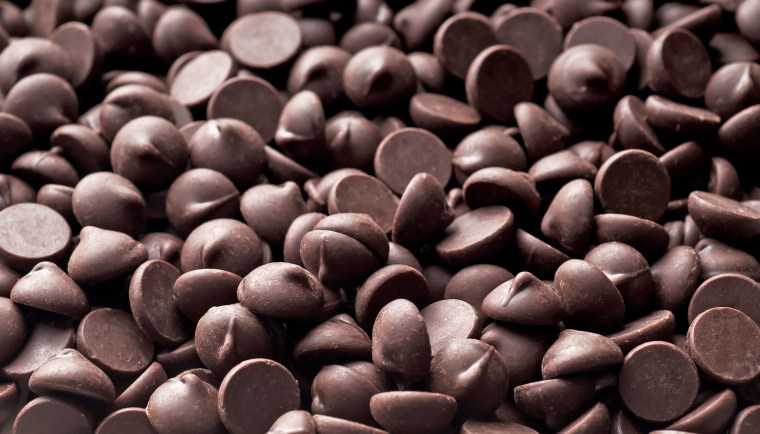chocolate:
5
The history of chocolate spans thousands of years and involves various cultures and civilizations. Here's an overview of the journey of chocolate:
- Ancient Mesoamerican Cultures:
- Chocolate has its origins in Mesoamerica, where ancient civilizations like the Olmec, Maya, and Aztec cultivated the cacao tree (Theobroma cacao).
- The Olmecs are believed to be the first to have used cacao around 1500 BCE, but it was the Maya who made a beverage from crushed cacao beans mixed with water, chili peppers, and other ingredients.

- Maya Civilization (c. 600-900 CE):
- The Maya valued cacao highly, considering it a divine gift and using it in religious ceremonies.
- They even created a frothy, bitter beverage called "xocolātl," which served as both a luxury item and a form of currency.
:max_bytes(150000):strip_icc()/1112044-dc0d53da87d24b10b89e5608777457a0.jpg)
- Aztec Empire (c. 14th-16th century):
- The Aztecs continued the tradition of using cacao as currency and consumed it in various forms.
- Montezuma II, the Aztec emperor, was known to drink large quantities of xocolātl for both pleasure and strength.

- Introduction to Europe:
- Spanish explorer Hernán Cortés is credited with introducing chocolate to Europe in the early 16th century.
- Initially consumed as a beverage, chocolate gained popularity in European courts, and its preparation evolved to include sugar and other flavorings.

- 17th to 19th Century:
- Chocolate became a fashionable drink among the European elite, but its production was labor-intensive and expensive.
- In the 19th century, innovations such as the cocoa press allowed for the production of cocoa powder and cocoa butter, making chocolate more accessible.

- Milk Chocolate and Modern Developments:
- In the 19th century, Swiss chocolatiers such as Henri Nestlé and Daniel Peter experimented with adding milk to chocolate, leading to the creation of milk chocolate.
- The development of conching, a process that refines and smoothens chocolate, further improved its taste and texture.





















